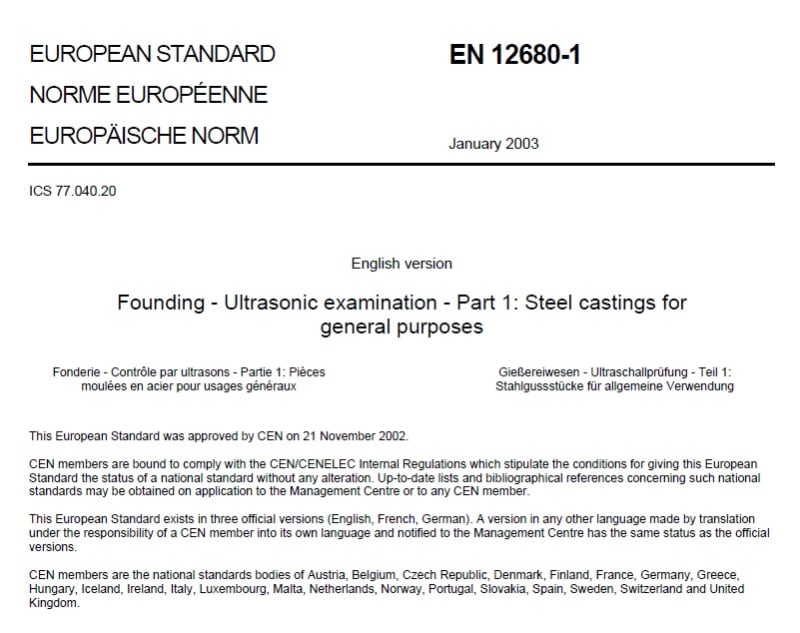Dear Experts,
As per our project specification, prior to machining, our sub-contractor shall perform UT on raw forgings of size above 30" (Ref. Standard: API 6A/ASTM A388/ASTM E428).
Now, sub-contractor is declining to perform UT on raw material as they are saying that reference standard requires calibration blocks to be of same sizes (i.e. almost 30") with FBH.
Based on the UT evidence in the Mill MTC, they are requesting us to accept the material.
My question: 1) Can we use any alternative NDE for UT for volumetric NDE? RT seems to not feasible due to bulkiness of raw forging and lead time.
2) Can we use smaller sizes of calibration blocks? Any impact on sensitivity? Any other alternative reference standard for Calibration block which allows to use smaller sizes
of blocks.
Appreciate your advice. Thanks
As per our project specification, prior to machining, our sub-contractor shall perform UT on raw forgings of size above 30" (Ref. Standard: API 6A/ASTM A388/ASTM E428).
Now, sub-contractor is declining to perform UT on raw material as they are saying that reference standard requires calibration blocks to be of same sizes (i.e. almost 30") with FBH.
Based on the UT evidence in the Mill MTC, they are requesting us to accept the material.
My question: 1) Can we use any alternative NDE for UT for volumetric NDE? RT seems to not feasible due to bulkiness of raw forging and lead time.
2) Can we use smaller sizes of calibration blocks? Any impact on sensitivity? Any other alternative reference standard for Calibration block which allows to use smaller sizes
of blocks.
Appreciate your advice. Thanks

